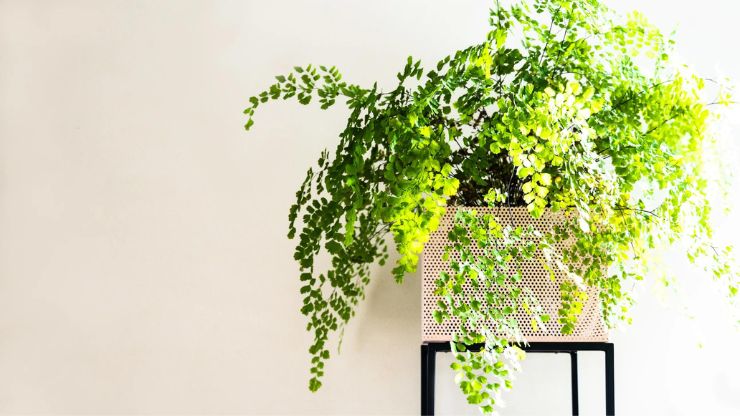Low-Light Houseplants – Houseplants can transform your living space, offering aesthetic appeal, cleaner air, and a calming ambiance. However, if you’ve been hesitant to introduce greenery into your home due to a lack of gardening experience, fear not. This guide is tailored for “not-so-green thumbs” who face the challenge of low-light conditions in their living spaces.
Low-light houseplants are resilient, low-maintenance companions that thrive in environments with minimal natural sunlight. They are the perfect solution for those who desire the benefits of indoor greenery without the burden of constant attention and care.
In this guide, we will explore the world of low-light houseplants, discussing their benefits, selection criteria, and offering recommendations for some of the hardiest and most attractive varieties. Whether you live in a dimly lit apartment or simply lack confidence in your gardening skills, this guide will empower you to add life and beauty to your home with confidence.
Importance of Houseplants
Houseplants offer a multitude of benefits that make them a valuable addition to both indoor and outdoor spaces. Here are some of the key reasons highlighting the importance of houseplants:
- Improved Air Quality: Houseplants act as natural air purifiers by absorbing pollutants and toxins such as formaldehyde, benzene, and volatile organic compounds (VOCs). They release oxygen during photosynthesis, which can lead to cleaner, fresher indoor air.
- Stress Reduction: The presence of plants can have a calming effect on people and reduce stress levels. The act of caring for plants can also provide a therapeutic and soothing experience, promoting overall well-being.
- Aesthetic Enhancement: Houseplants add color, texture, and vibrancy to any space, enhancing the visual appeal of your home or office. They can be used as decorative elements and help create a more inviting and pleasant environment.
- Connection to Nature: In urban and indoor-centric lifestyles, houseplants serve as a direct connection to nature. They remind us of the natural world and can offer a sense of tranquility and relaxation.
- Productivity and Creativity: Some studies suggest that the presence of plants in a workspace can increase productivity and boost creativity. They can contribute to a more stimulating and inspiring environment, making it easier to concentrate and come up with innovative ideas.
- Humidity Regulation: Many houseplants release moisture through a process known as transpiration, which can help increase indoor humidity levels. This is particularly beneficial in dry, indoor environments and during the winter months.
- Noise Reduction: Some large, leafy plants can absorb and muffle sound, making them effective natural noise barriers in busy or noisy areas.
Also, Read – Common Problems with Cucumber Plants
Low-Light Houseplants for Not-So-Green Thumbs
Snake Plant
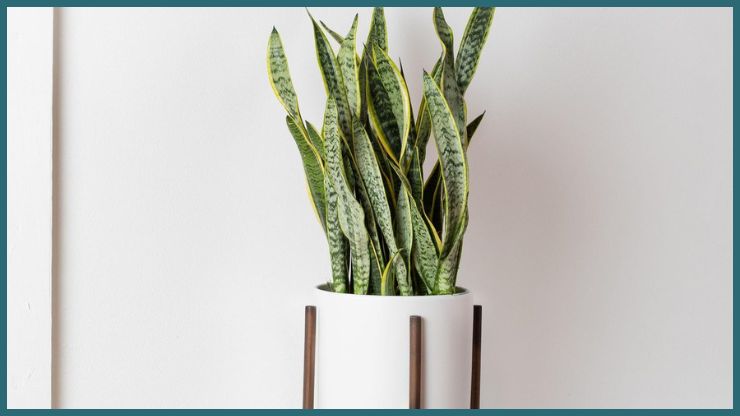
Snake Plant (Sansevieria), a low-light champ, is ideal for not-so-green thumbs. Its hardy nature allows it to thrive in minimal light and withstand irregular watering. This air-purifying plant comes in various sizes, making it a versatile choice for any space.
With its sleek, upright leaves, the snake plant adds a touch of elegance while requiring minimal care. Perfect for beginners, it can endure neglect and still flourish. Just remember not to overwater, as it’s more forgiving of underwatering. This low-maintenance beauty is an excellent choice for those seeking a resilient and attractive indoor plant.
ZZ Plant
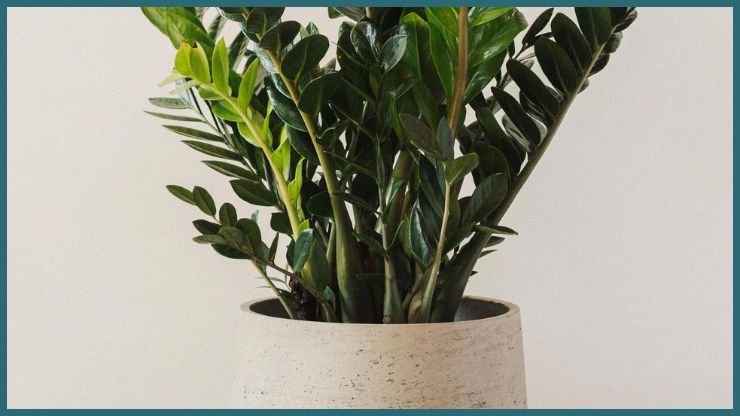
The ZZ Plant (Zamioculcas zamiifolia) is a top pick for those with less-than-green thumbs. Thriving in low light and needing minimal care, this hardy plant is perfect for any space. Its glossy, dark green leaves bring a touch of elegance to your interior, and its air-purifying qualities are a bonus. ZZ plants can endure irregular watering and neglect, making them a low-maintenance choice.
Their unique, upright growth and resilience in low-light conditions make them an ideal option for beginners and busy individuals. Just remember not to overwater, as they prefer to dry out between waterings, ensuring a thriving and attractive addition to your home.
Pothos

Pothos (Epipremnum aureum) is a fantastic choice for those with limited gardening experience. Thriving in low light conditions, it’s a resilient and low-maintenance houseplant. Pothos features attractive heart-shaped leaves on trailing vines, making it a beautiful addition to any room. It’s forgiving when it comes to irregular watering, and its versatility allows it to thrive in various indoor environments.
This plant is excellent for beginners, and it’s known for its air-purifying properties. Simply let the soil partially dry between waterings, and you’ll enjoy a thriving and easy-to-care-for plant that can add a touch of greenery to your home without demanding too much attention.
Peace Lily

The Peace Lily (Spathiphyllum) is a low-light-friendly gem, perfect for novice gardeners. With its elegant, glossy leaves and graceful white blooms, it brings a touch of serenity to any space. It can adapt to low light conditions, although it will flower more profusely with a bit more light. Peace Lilies are known for their air-purifying abilities, making them doubly valuable.
They’re quite forgiving when it comes to watering, often wilting to signal their need for hydration but bouncing back after a drink. An excellent choice for those with less experience, the Peace Lily’s beauty and resilience make it a lovely addition to homes and offices with varying light conditions.
Also, Read – Plants to Transform Your Garden
Spider Plant
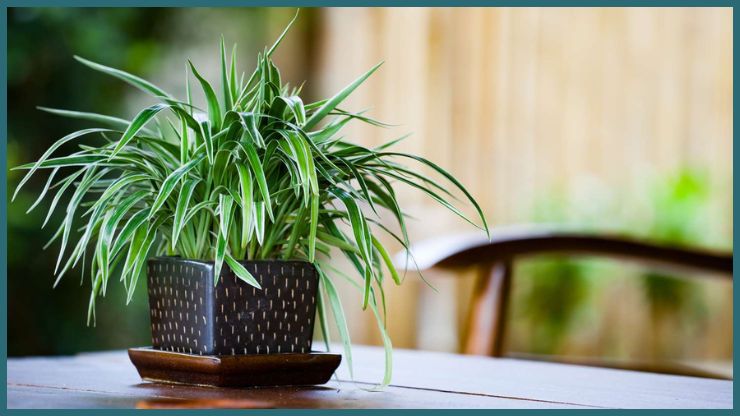
The Spider Plant (Chlorophytum comosum) is an ideal houseplant for those new to gardening. It thrives in low to moderate light and is exceptionally easy to care for. With its arching, variegated leaves, it adds a decorative touch to your space. Spider plants are renowned for their air-purifying qualities, making them a healthy choice for indoor environments.
They are quite forgiving of watering mistakes and can even thrive when neglected. These hardy plants often produce “baby” spiderettes that can be repotted, expanding your green collection. Their resilience and adaptability make them an excellent choice for beginners and anyone looking to brighten up their home with minimal effort.
Chinese Evergreen
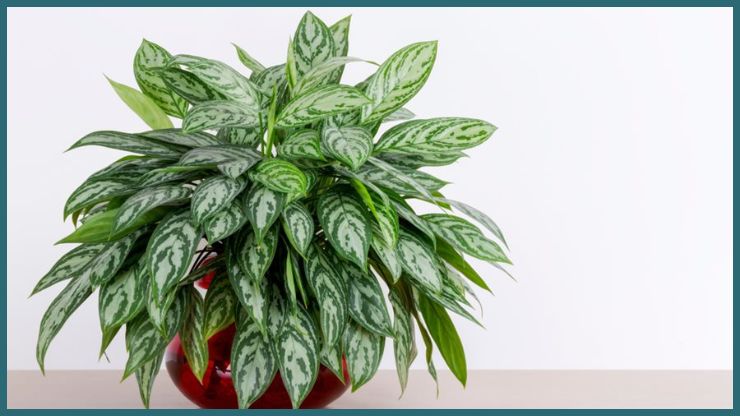
The Chinese Evergreen (Aglaonema) is the perfect low-light companion for novice plant enthusiasts. This attractive plant comes in various leaf patterns and colors, adding a decorative touch to your interior. It thrives in low-light conditions and is quite forgiving when it comes to watering, making it a resilient choice.
Chinese Evergreens are known for their air-purifying qualities, improving the quality of indoor air. With minimal care requirements, they’re an excellent choice for beginners or those with busy lifestyles.
Their adaptability to different indoor conditions and their low-maintenance nature make them a beautiful addition to any home or office, even for those with not-so-green thumbs.
Cast Iron Plant

The Cast Iron Plant (Aspidistra elatior) lives up to its robust name, making it an excellent choice for those with minimal gardening experience. It can endure low light conditions, temperature fluctuations, and infrequent watering, and still thrive. Its deep green, strappy leaves are attractive and add a touch of greenery to your space.
Cast Iron Plants are exceptionally low-maintenance, requiring minimal attention to flourish. They can withstand neglect, making them an ideal choice for individuals with not-so-green thumbs. Whether you place it in a dim corner or a room with inconsistent conditions, the Cast Iron Plant’s resilience and adaptability make it a stalwart and attractive addition to your indoor garden.
Lucky Bamboo
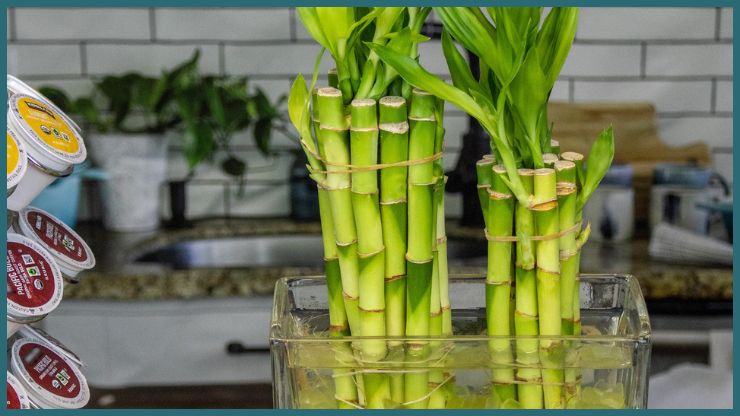
Lucky Bamboo (Dracaena sanderiana) is a unique and low-maintenance plant, perfect for those with limited gardening experience. Despite its name, it’s not actually bamboo but a Dracaena species. This hardy plant can thrive in low light conditions and is often grown in water, adding a touch of zen to your space. Lucky Bamboo is known for its symbolism of good fortune and positive energy in Feng Shui.
It requires minimal care, with occasional water changes and an indirect light source being sufficient for its growth. Its graceful, twisted stalks and attractive greenery make it an aesthetically pleasing and resilient choice for your home or workspace, even if you’re not a seasoned gardener.
Aglaonema
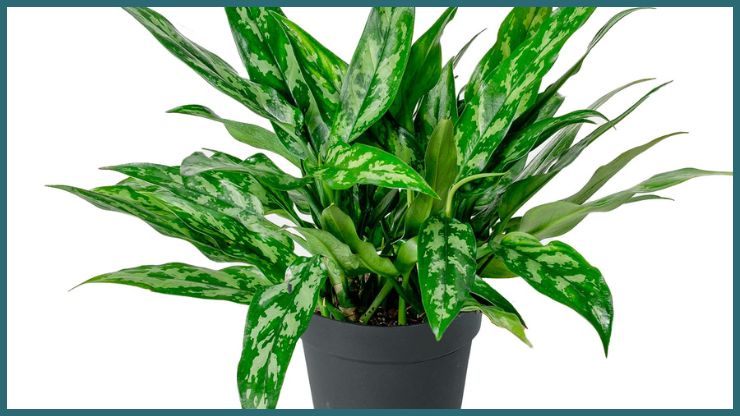
Aglaonema, commonly known as the Chinese Evergreen, is an ideal houseplant for those with minimal gardening experience. Its adaptable nature and attractive variegated foliage make it a popular choice. Chinese Evergreen thrives in low to moderate light, making it suitable for various indoor environments. It’s low-maintenance and forgiving, tolerating irregular watering.
Additionally, it’s recognized for its air-purifying qualities, contributing to improved indoor air quality. With its diverse leaf patterns and colors, you can find a variety that suits your aesthetic preferences. Whether you’re a beginner or simply seeking a low-hassle houseplant, Aglaonema’s resilience and versatility make it a wonderful addition to your indoor garden, even in less-than-ideal conditions.
Conclusion
In conclusion, the importance of houseplants cannot be overstated. They provide cleaner air, reduce stress, enhance aesthetics, and foster a connection to nature. Whether you have a green thumb or not, these resilient and versatile companions offer a multitude of benefits that improve the quality of our lives.
By incorporating houseplants into our indoor spaces, we can create healthier, more inviting environments that promote well-being, creativity, and a deeper appreciation for the natural world.
FAQs
Low-light houseplants are plants that can thrive in minimal sunlight conditions. They’re ideal for beginners because they’re hardy, low-maintenance, and forgiving of occasional neglect.
Low-light areas typically receive little to no direct sunlight during the day. These are often spots distant from windows or obstructed by buildings or trees.
Low-light houseplants improve air quality, enhance aesthetics, reduce stress, and require minimal care. They also add a touch of nature to your living space.

